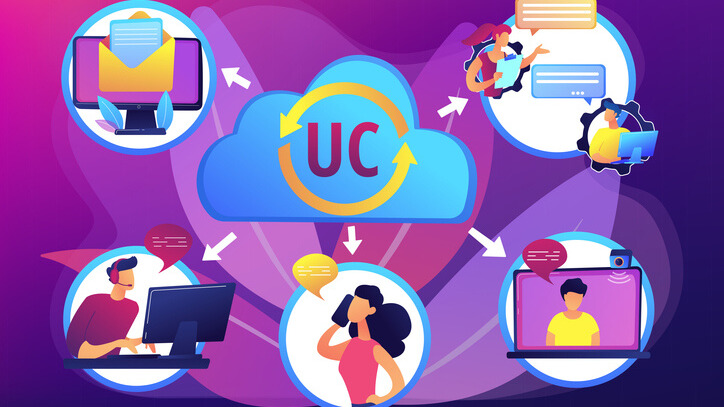It took around three years for businesses to realise that Web 2.0 wasn’t just a fad or a flash in the pan, and that a powerful case could be made for the use of social media such as blogs and wikis in the corporate world. Unfortunately, that realisation happened just as the economy went into a tailspin and finding money for new projects became near impossible.
Don Tapscott, consultant and author of Wikinomics, says that even now, companies can ill afford to ignore the potential of the raft of technologies commonly known as Web 2.0.
‘The crisis should be thought of transformational,’ says Tapscott. ‘It is an opportunity for companies to rethink the way they engage with the rest of the world. A recession is a terrible thing to waste.’
With that in mind, here are three organisations which have used Web 2.0 to enable collaboration, foster community, and inject value into business functions as diverse as marketing, customer service and business development.
Coca-Cola
The iconic soft drinks manufacturer’s use of Web 2.0 is remarkable for its completism. The company, which relies heavily on brand identity in its marketing, has made use of every Web 2.0 technology going to further its connection with consumers.
So far its ‘social media’ efforts have taken in blogging – the company’s own historian and archivist makes daily posts on the Coca-Cola Conversations blog; virtual worlds – with a competition to design a virtual vending machine in Second Life; and video sharing – Coke’s European division sponsored small functionality ‘widgets’ on video site Joost.
But the piece de resistance is Coca-Cola’s own social network-cum-virtual world, mycoke.com. The site contains ‘CC Metro’, a virtual city where users can make avatars of themselves, play games and socialise. It is also linked to the company’s loyalty reward scheme: Coke drinkers can earn My Coke Rewards, such as music downloads and gifts, by entering a code printed on cans and bottles.
Other social networking initiatives include a Facebook application to promote the brand’s energy drink Burn, called Burn Alter-Ego. Users create an avatar ‘alter-ego’ for themselves, and the application produces images of the avatar on a ‘virtual night out’ with the user’s friends’ avatars. This supposedly promotes the drink’s stimulant properties.
For Coca-Cola, the social and collaborative dimensions of its various Web 2.0 offerings are incidental: the main point is to expose the brand to the eyeballs of a certain demographic. And with TV viewership in the 18 to 25 age bracket rapidly diminishing, that approach may be even smarter than it perhaps initially sounds.
Best Buy
BlueShirt Nation is US electronics retailer Best Buy’s internal social network. It was originally intended as a mechanism to generate feedback for the company’s internal advertising campaigns. In this regard, it failed. But as a way for Best Buy employees to communicate and engage with their employer, it has been highly successful. Over 20,000 of the company’s employees have a personal profile (out of around 140,000), and can use the platform to communicate with peers nationwide.
BlueShirt Nation is emphatically not a formal project management and collaboration platform; it remains informal to encourage participation. It is nevertheless a valuable knowledge transfer tool, with employees regularly swapping ideas on how to display products or handle customer complaints, for example.
According to Gary Koelling, the internal advertising executive behind the BlueShirt Nation project, a fifth of the conversations that take place on the site involve some kind of knowledge transfer relevant to work.
This kind of social network is particularly valuable for multi-branch retailers, who tend to have a young but geographically dispersed workforce, and not just because it allows them to share skills and knowledge. It also helps to create a sense of community among the employees, helping the company to motivate and retain staff.
Elsevier
The business of providing information is changing irreversibly, as audiences expect to participate in, interact with and repurpose the information they consume.
This is no less true in academic circles. That is why scientific publisher Elsevier has looked to Web 2.0 technologies to help engage and retain its subscribers.
It has built a database of published researchers that describes their areas of expertise, forming a valuable resource for scientists seeking collaborators, especially across disciplines. A forthcoming service, which identifies research grants that would be of particular relevance to a given subscriber, will make this information all the more valuable.
Another initiative is a ‘social bookmarking’ site, 2collab, that allows readers to tag and rate research papers. This not only allows the users to interact with the content itself, but provides Elsevier with valuable insight into how readers perceive the content. ‘We can start to build that into indexing and search algorithms,’ explains Jay Katzen, Elsevier’s managing director for academic and government products.
These tools and services represent a fundamental shift in Elsevier’s role, says Katzen, from publisher to ‘information solution provider’. “In the end we are trying to improve research performance productivity,” Katzen explains, “and enable researchers to connect to each other in new and better ways.”





